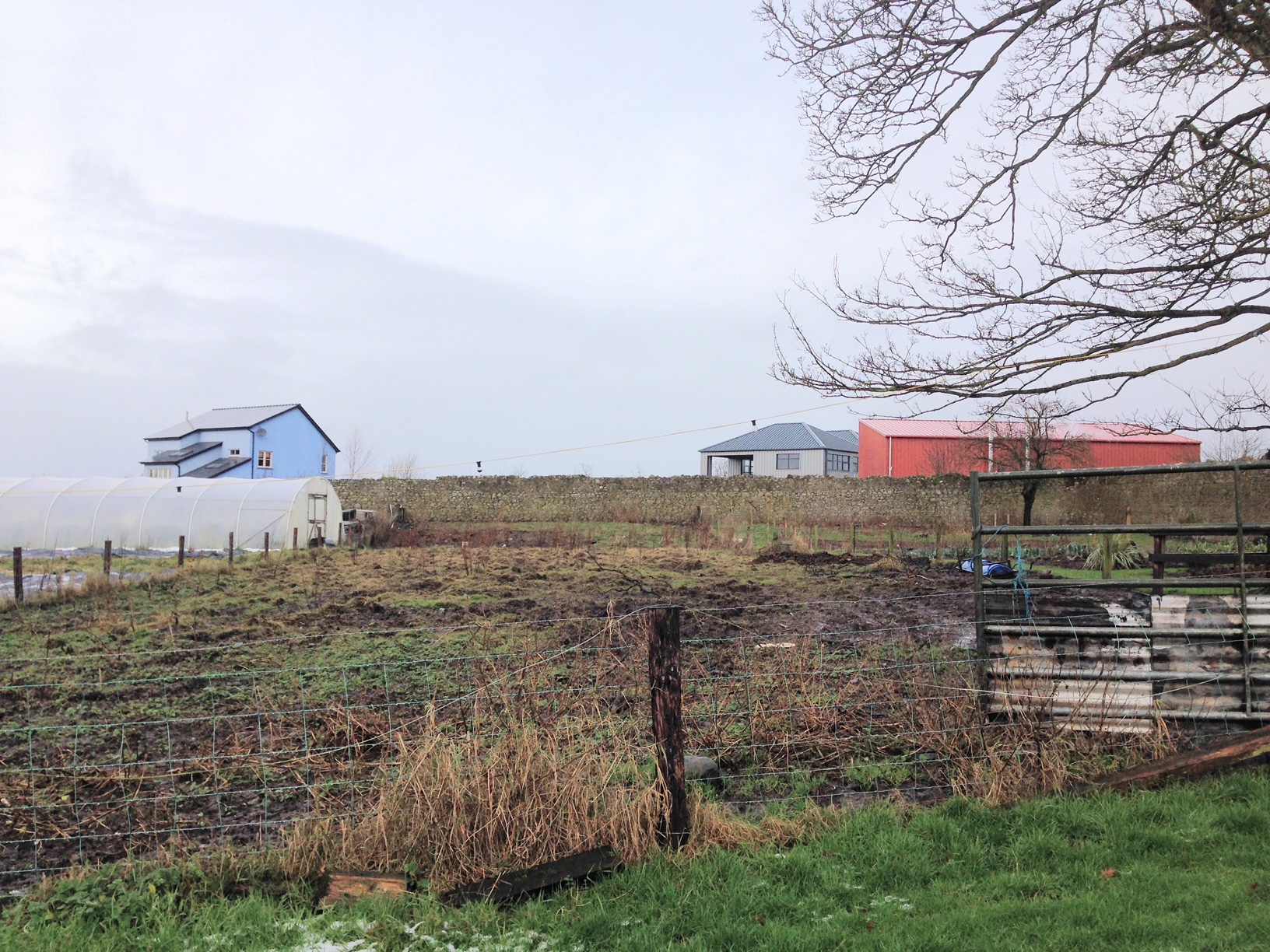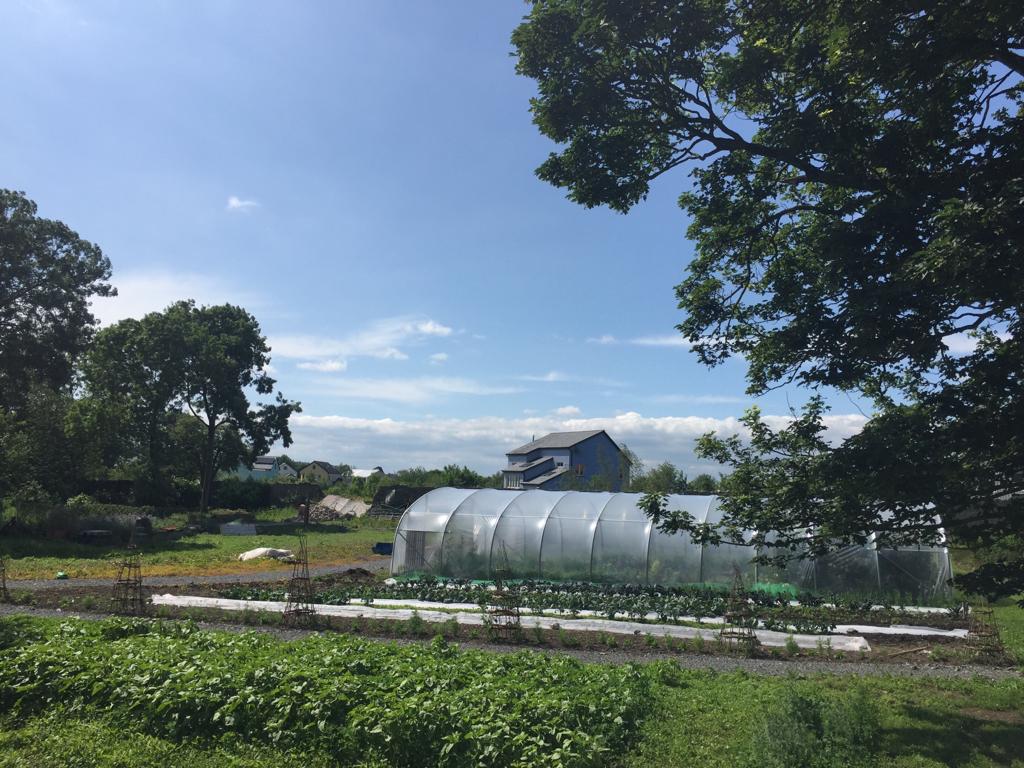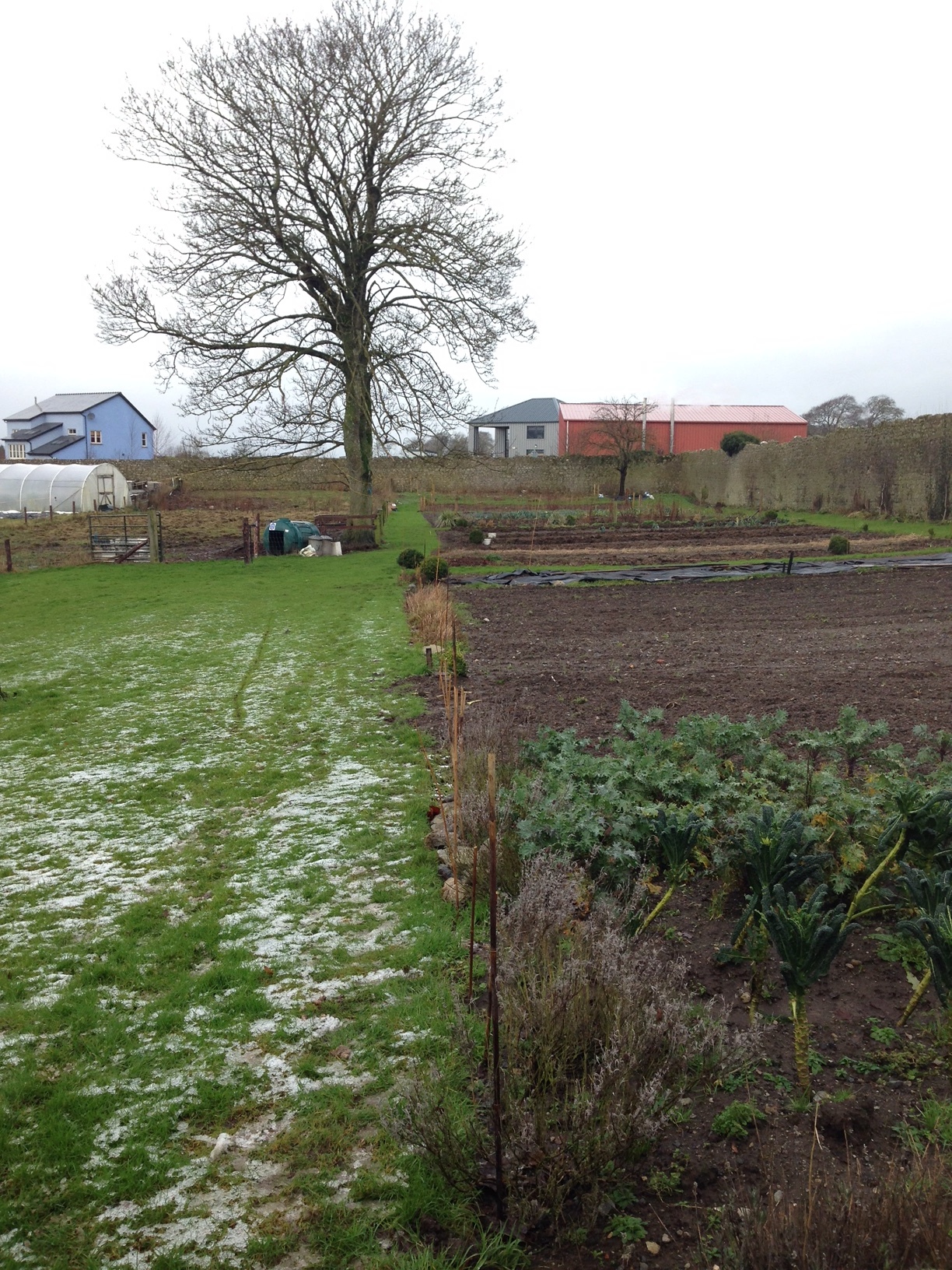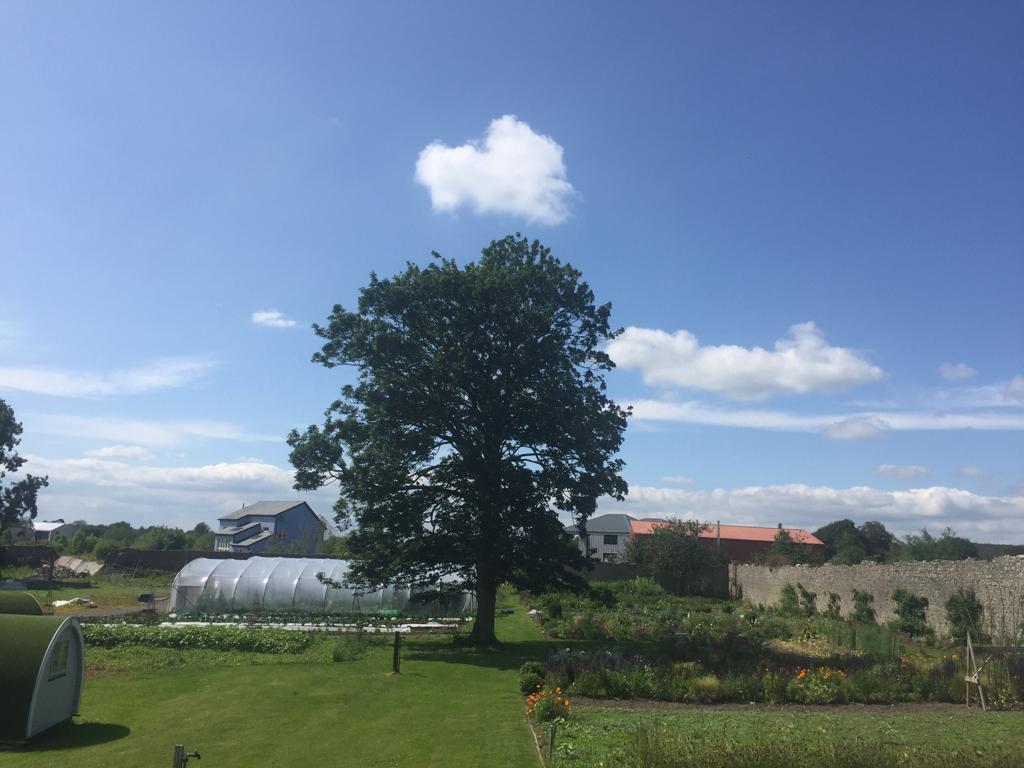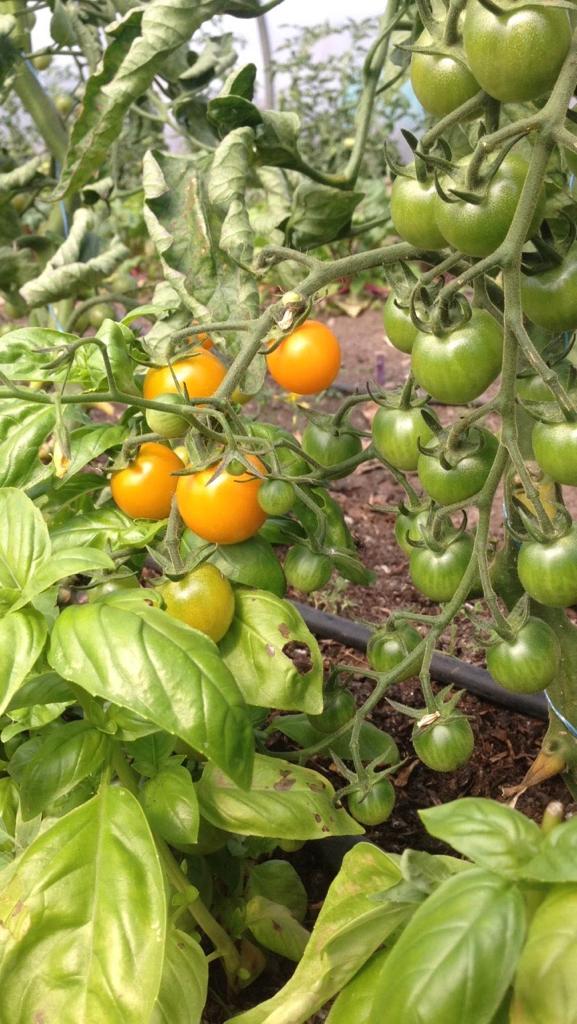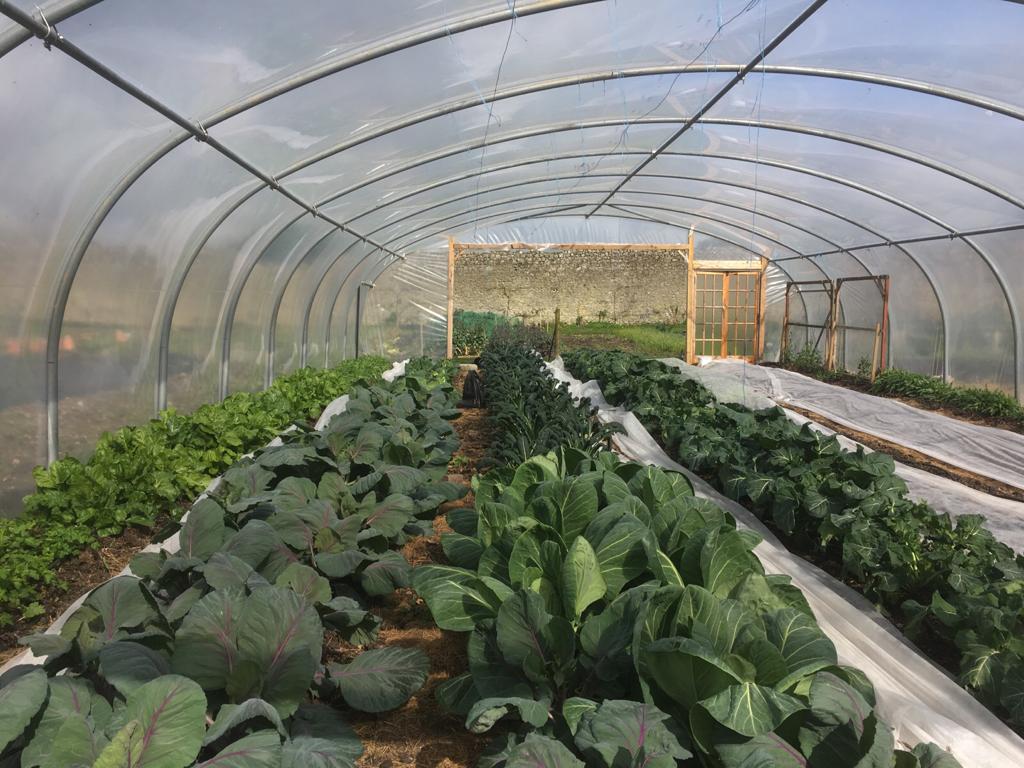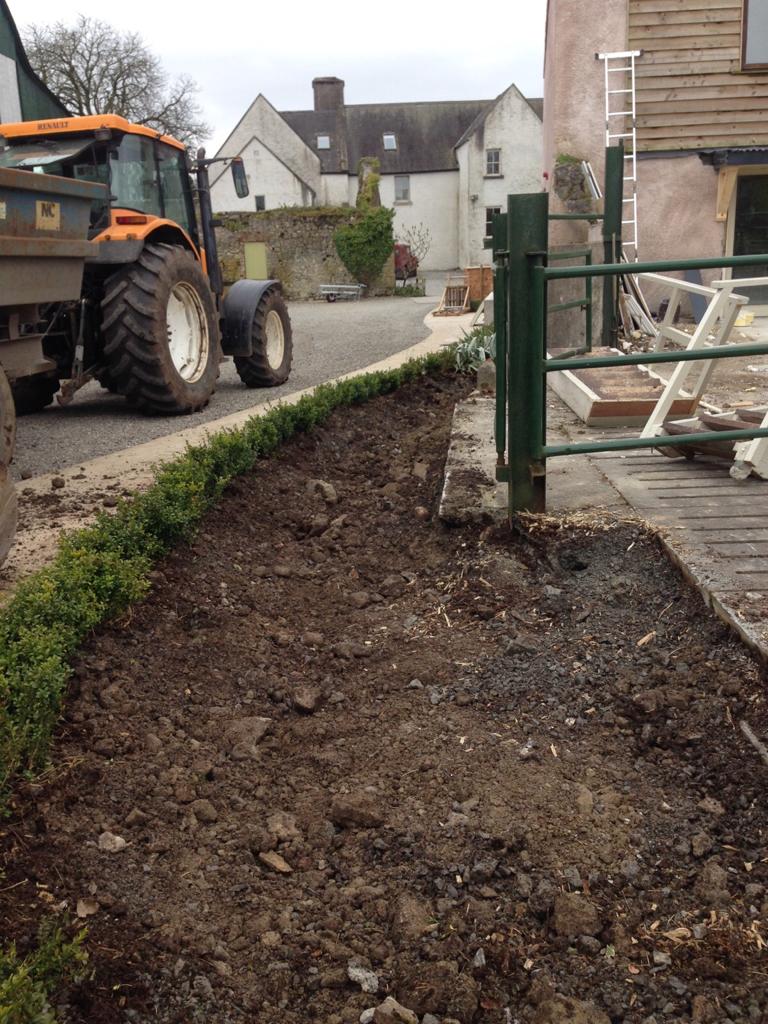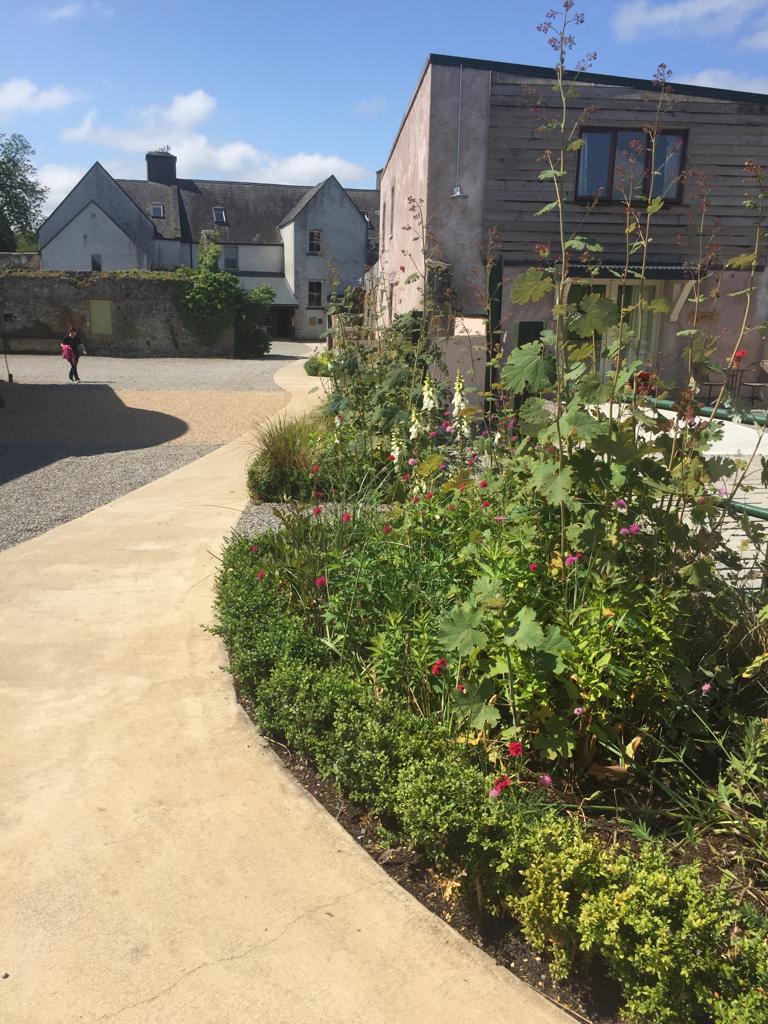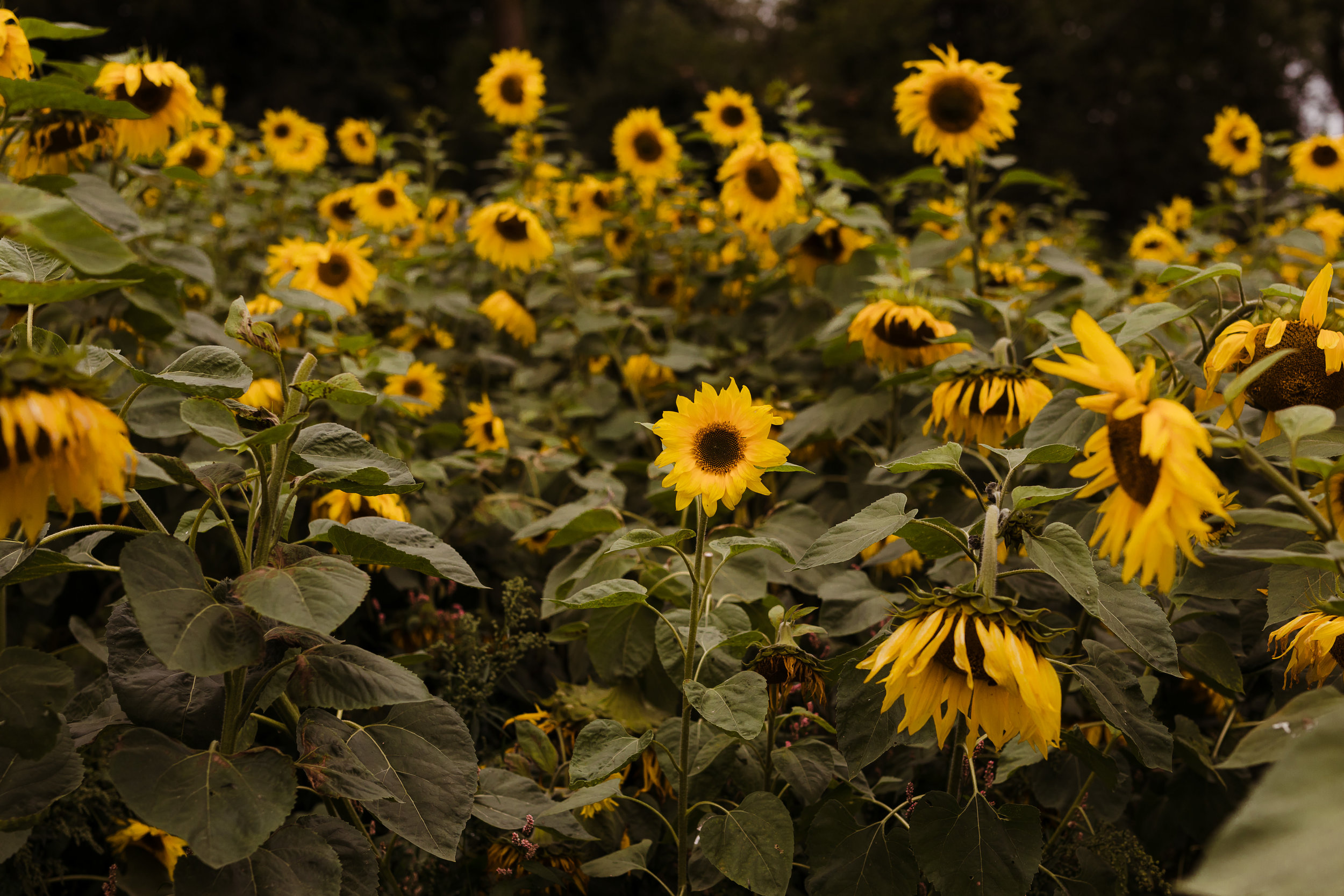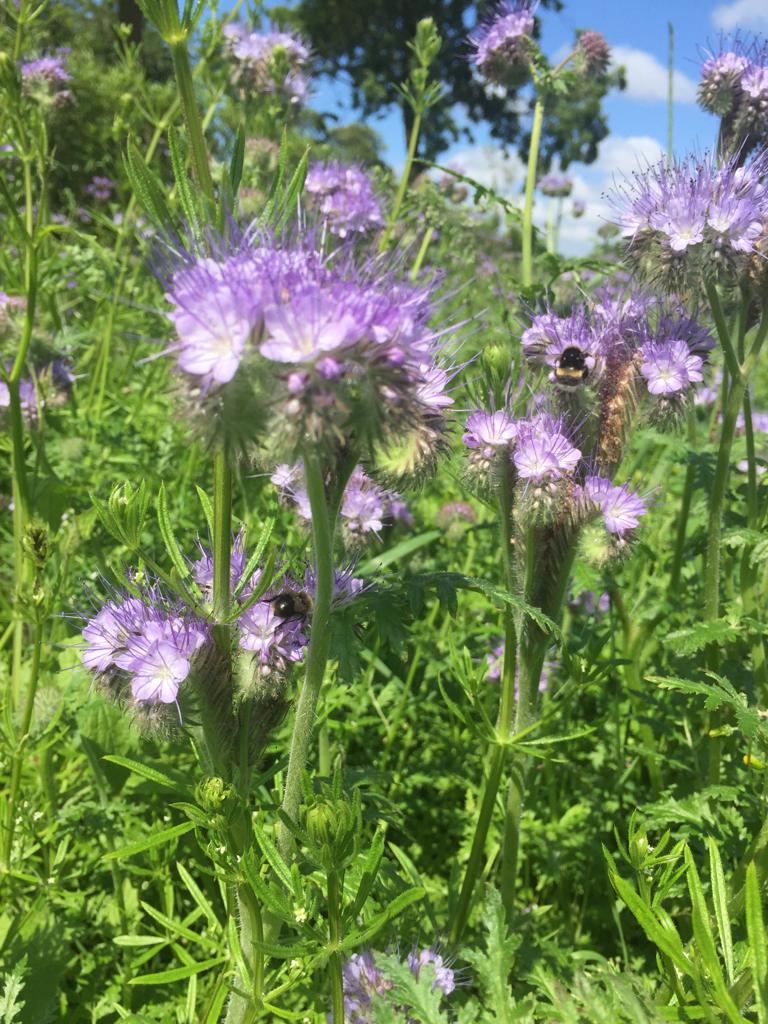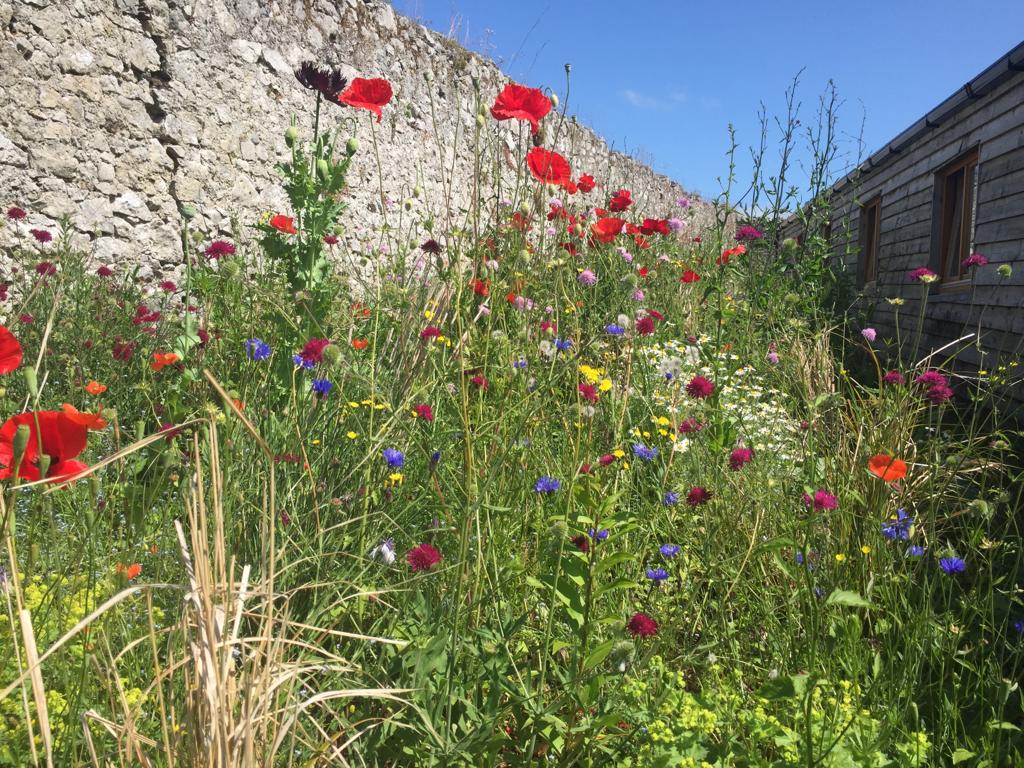Summer Garden update June 2019
No blooming sun but our garden looks fantastic!
While sustainability might be a fashionable buzzword at the moment, at CJH we have always made it a priority, with our organic kitchen-garden as the centre-piece. Read on to see all of the developments that have happened in the last year and what tips you can pick up from our methods.
Great patience is needed as a gardener, as generally progress in the garden is gradual and incremental. This year however, despite the lack of warm weather, the garden is almost unrecognisable as head gardener Emma has implemented some major changes. In addition to some aesthetic changes, the whole configuration of the garden has been changed around to make it as productive and efficient as it can be.
Left: The garden before, taken February 2018. Right: the garden after, taken June 2019
Firstly, one of our larger polytunnels was moved out of its previous position. It was a big undertaking but was deemed necessary as its previous spot was quite shady and in a bit of a dip which meant the soil was too moist to provide optimum conditions for growth.
In addition, a second tunnel of the same size was erected alongside it to increase undercover growing space of tender annual crops like tomatoes, chili peppers, courgettes and cucumbers.
The old propagation tunnel has been done away with to make way for a larger one so production can be increased and we have also more storage space. As a result, the kitchen has seen a bountiful increase in their supply of vegetables, herbs and flowers.
Always keeping an eye on how to help the bees, Emma has introduced a lot of herbaceous perennials and annuals into the newly-developed flower beds. The introduction of the sunflower meadow last year has also helped our pollinator population and created a perfect shooting location for our couples wedding photos. So, to our future couples getting married in August, you’re in luck, the sunflowers will be in full bloom by then!
Here’s one for you to try at home! Our poly tunnels are being managed by the no dig/no till method. There is a lot of groundwork to be done but you will reap huge benefits from this method down the line. Start by removing the tough, perennial weeds like dock leaves from your patch and lay down a layer of cardboard. Then spread a thick a layer of well-rotted manure and compost onto it. Do this in late autumn and your bed will be ready for sowing by the spring! A layer of compost is added annually to feed the soil and suppress the weeds. This way there is no disturbance to the organisms that live in the soil and so far, this has lead to a very successful vegetable and flower output.
Prospective guests, don’t hesitate to take a wander up to the garden when you’re here, to see where your dinner has come from or ask our gardeners Emma or Will for their expert advice. Also, look out for John, our long-suffering Facilities manager, he’s your go-to for all your poly tunnel construction questions!
Meet the team!
(l-r) Head Gardener Emma, Garden Assistant Will and Facilities Manager John

